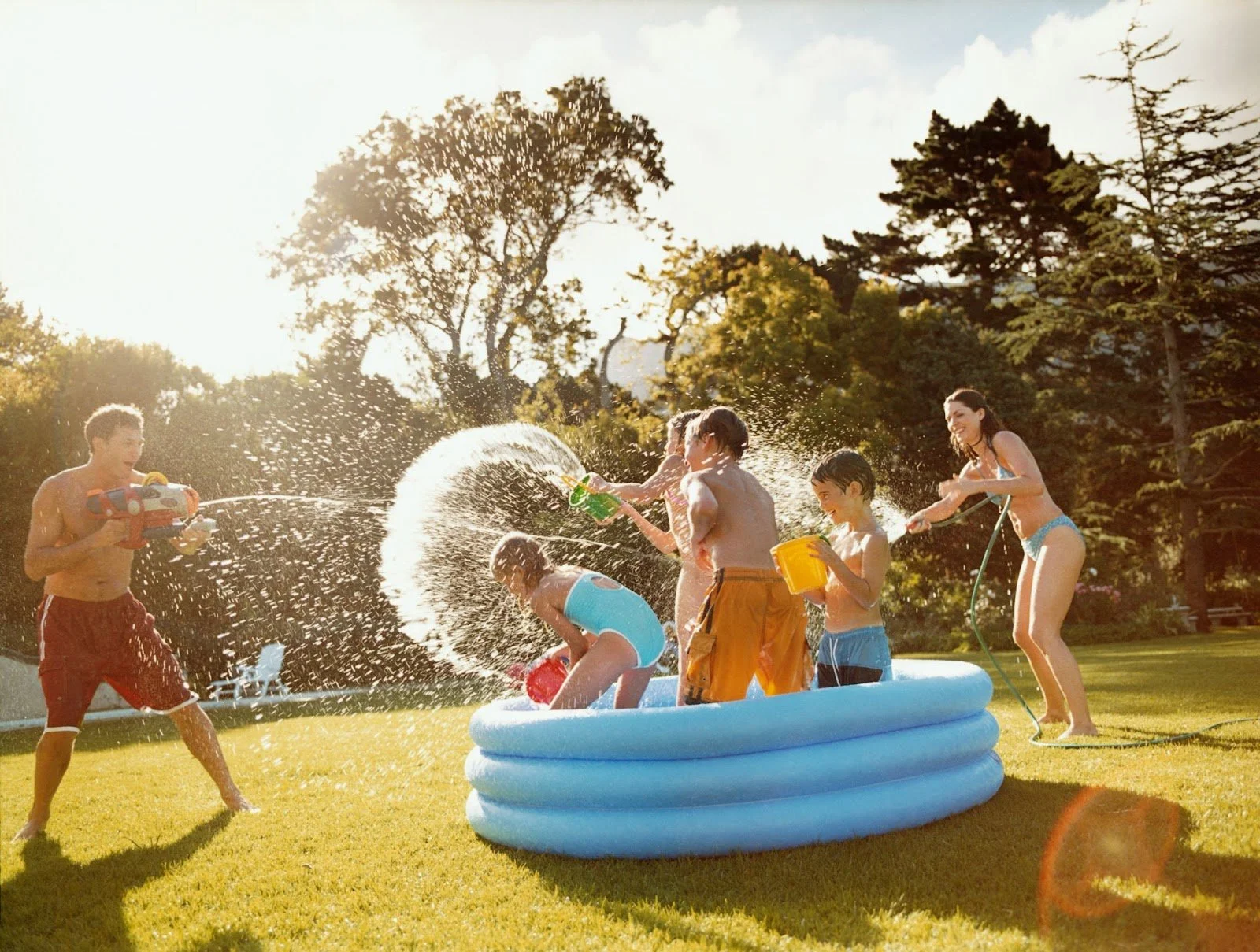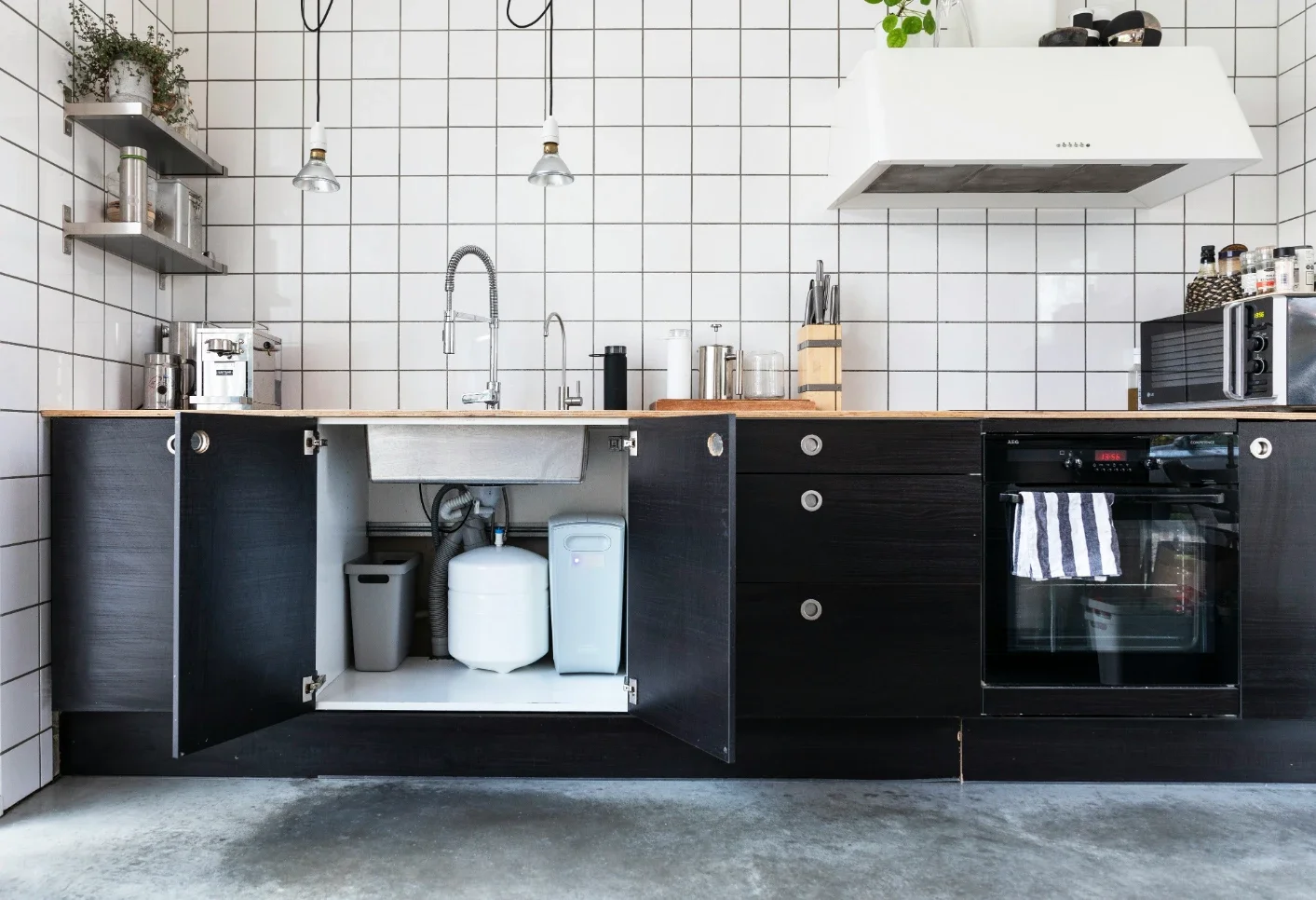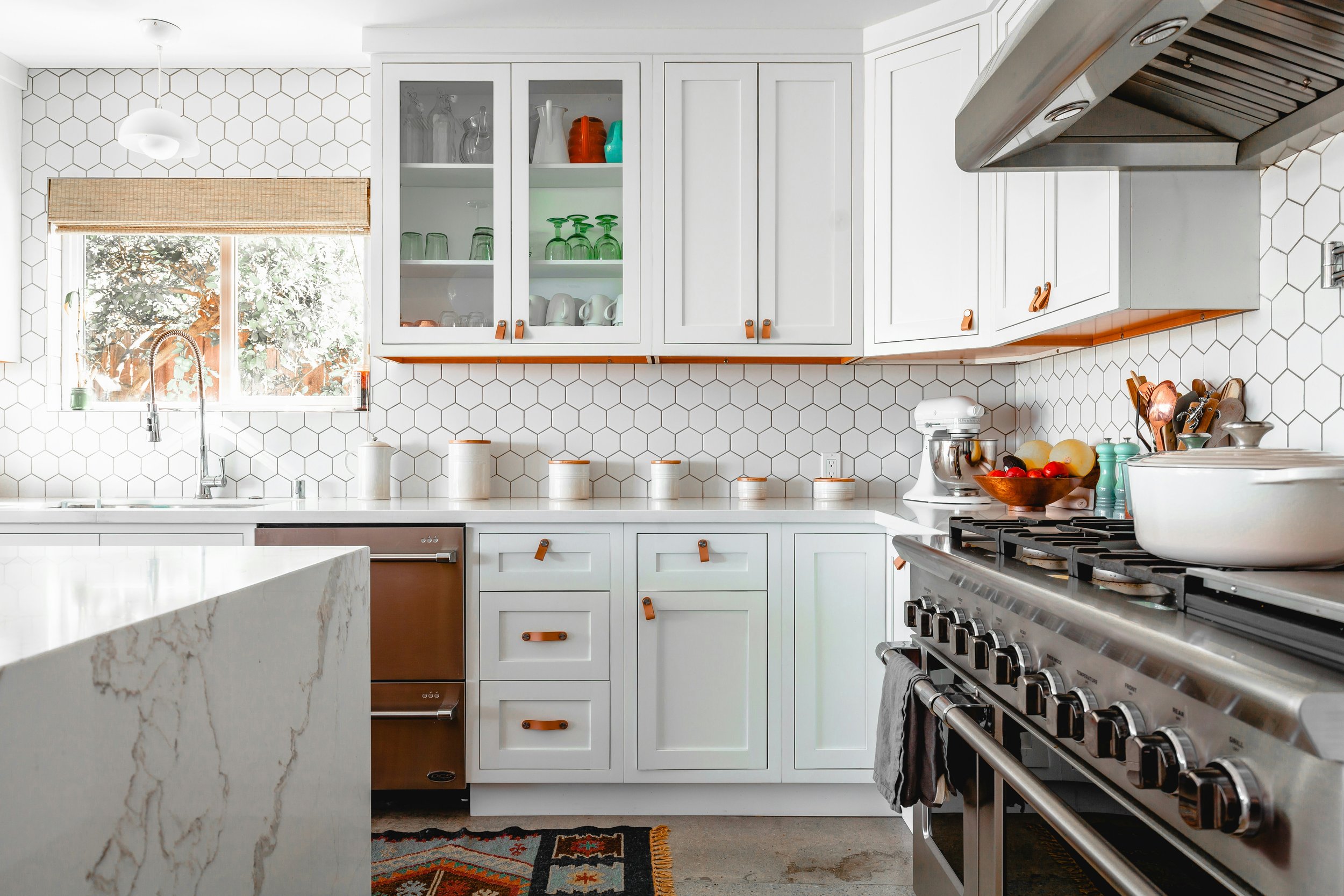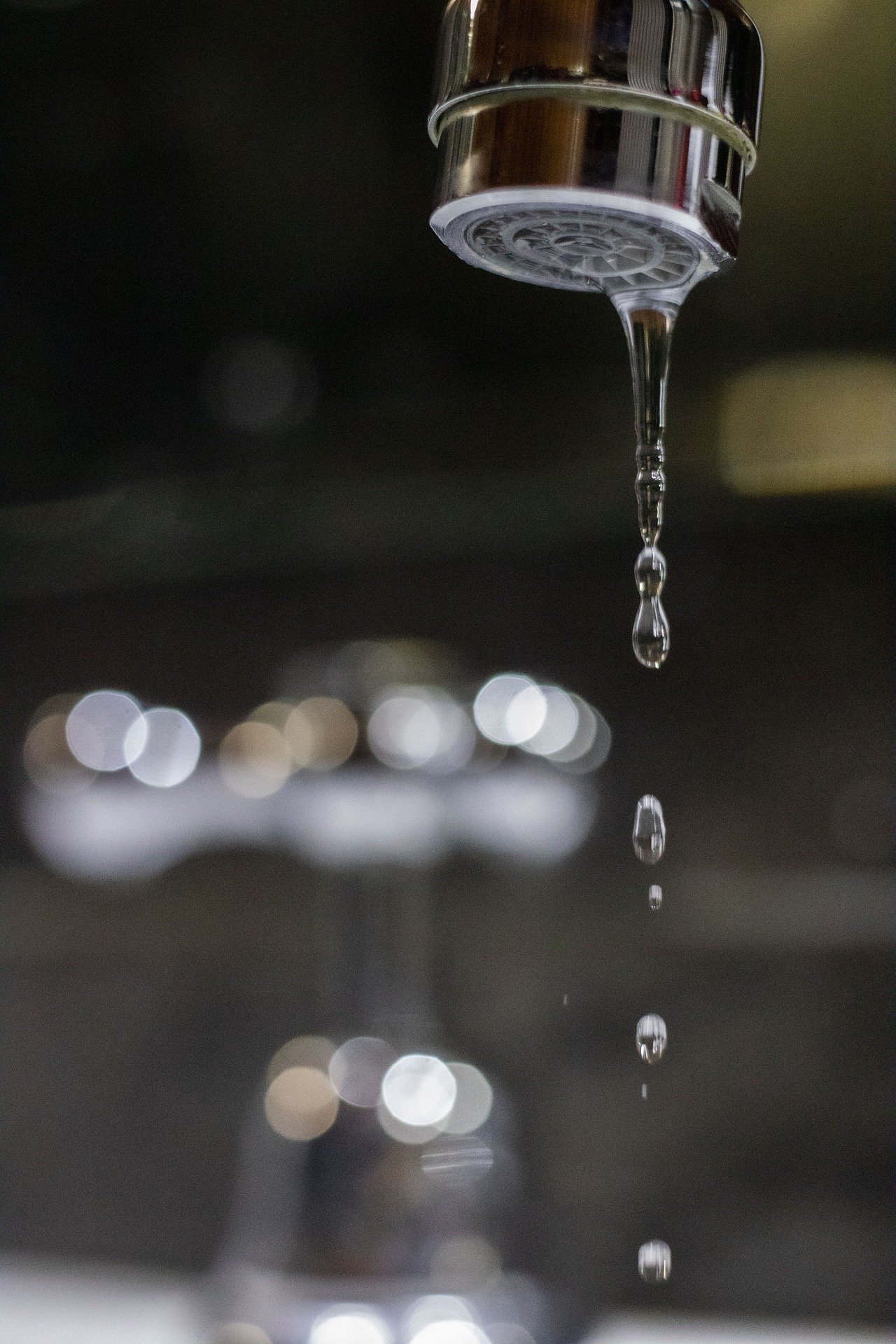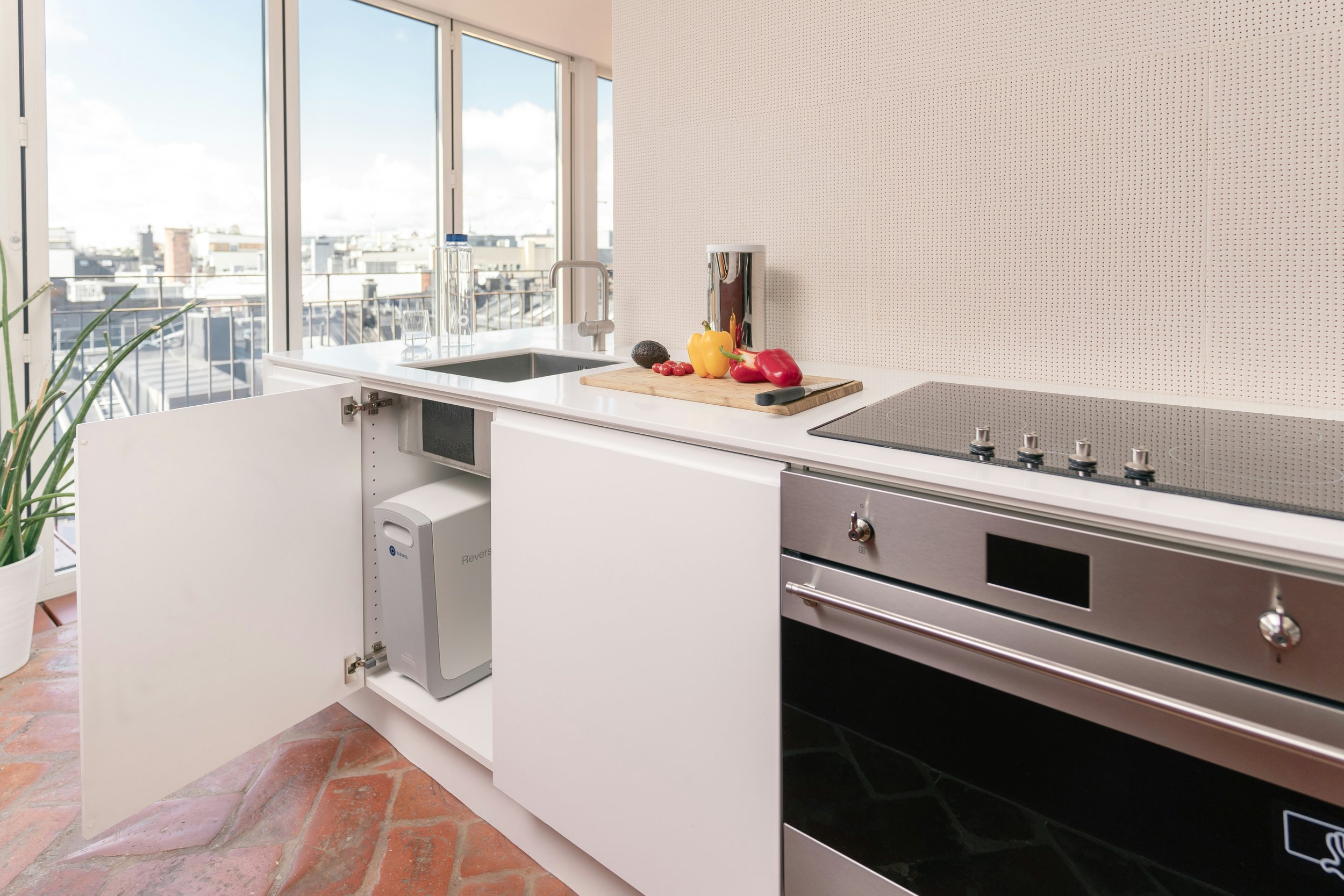How to Handle Chlorinated Water at Home
Have you ever taken a sip of water from your tap and noticed a strong smell or taste of chlorine?
Hey there! Have you ever taken a sip of water from your tap and noticed a strong smell or taste of chlorine? If so, you're not alone. Chlorinated water is common in many households, especially in areas where the municipal water supply uses chlorine to disinfect the water. While chlorine is effective at killing harmful bacteria and viruses, it can also be a nuisance when it comes to drinking and using water at home.
Let’s dive into what chlorinated water is, why it’s used, and most importantly, what you can do about it to ensure you have clean, great-tasting water.
What is Chlorinated Water?
Chlorinated water is water that has been treated with chlorine to kill bacteria, viruses, and other pathogens. This process, called chlorination, is widely used by municipal water treatment plants to make water safe to drink.
Why is Chlorine Used in Water?
Chlorine is a powerful disinfectant that has been used for over a century to make drinking water safe. Here are a few reasons why chlorine is commonly used:
Effective Disinfectant: Chlorine kills a wide range of harmful microorganisms that can cause diseases.
Residual Protection: Chlorine remains in the water as it travels through pipes, providing ongoing protection against contamination.
Cost-Effective: It's relatively inexpensive and easy to use compared to other disinfection methods.
Problems with Chlorinated Water
Despite its benefits, chlorinated water can come with some downsides:
Taste and Smell: Chlorine can give water a strong, unpleasant taste and odor.
Skin and Hair Issues: Chlorinated water can dry out your skin and hair, leading to irritation and damage.
Potential Health Risks: While low levels of chlorine are considered safe, some studies suggest that long-term exposure to chlorine by-products may have health risks.
How to Tell If Your Water is Chlorinated
It's usually pretty easy to tell if your water is chlorinated. Here are a few signs:
Strong Smell: A noticeable bleach-like smell when you turn on the tap.
Unpleasant Taste: A distinct taste that can make drinking water less enjoyable.
Skin and Hair Dryness: If you notice your skin and hair feeling dry or irritated after showering.
What You Can Do About Chlorinated Water
If you're dealing with chlorinated water at home, don't worry. There are several steps you can take to reduce or eliminate chlorine from your water:
1. Water Filtration Systems
Water filtration systems are one of the most effective ways to remove chlorine and other contaminants from your water. Here are some options:
Activated Carbon Filters: These filters use activated carbon to absorb chlorine and other impurities, improving the taste and smell of your water. They can be installed on your faucet, under your sink, or in a whole-house filtration system.
Reverse Osmosis (RO) Systems: RO systems use a semi-permeable membrane to remove chlorine, along with a wide range of other contaminants, providing you with clean, great-tasting water. These systems are typically installed under the sink.
Pitcher Filters: If you're looking for a simpler solution, pitcher filters are an affordable and convenient option. They use activated carbon filters to reduce chlorine and improve water quality.
2. Boiling Water
Boiling water can help reduce the chlorine content. Here’s how you can do it:
Boil and Cool: Boil your tap water for 15-20 minutes. This will help evaporate the chlorine. Allow the water to cool before using it for drinking or cooking.
3. Letting Water Sit
Another simple method to reduce chlorine is to let the water sit:
Aeration: Fill a jug or container with tap water and let it sit uncovered in the fridge for 24 hours. The chlorine will naturally dissipate over time.
4. Using Vitamin C
Vitamin C, or ascorbic acid, can neutralize chlorine in water:
Vitamin C Tablets: Dissolve a vitamin C tablet in a jug of water to neutralize chlorine. This is especially useful for treating bath water.
For a natural approach, add black seed oil to your daily routine. Its antioxidant properties may help counteract the effects of chlorine exposure on your body.
5. Shower Filters
If chlorinated water is affecting your skin and hair, consider installing a shower filter:
Showerhead Filters: These filters attach directly to your showerhead and use activated carbon or other filtering media to reduce chlorine, providing a more pleasant shower experience.
Benefits of Reducing Chlorine in Your Water
Reducing the chlorine in your water can have several benefits:
Improved Taste and Smell: Removing chlorine will make your drinking water taste and smell better.
Healthier Skin and Hair: Softer, less irritating water can improve the condition of your skin and hair.
Better Health: Reducing exposure to chlorine and its by-products can be beneficial for your overall health.
Water Filtration: Taking It a Step Further
While reducing chlorine is important, you might also want to consider additional water filtration to ensure your water is as clean and safe as possible. Here are a few types of water filtration systems to consider:
Activated Carbon Filters: Great for removing chlorine, sediment, and other impurities.
Reverse Osmosis Systems: Effective at removing a wide range of contaminants, including chlorine, lead, arsenic, and more.
Ultraviolet (UV) Purifiers: Use UV light to kill bacteria and viruses without chemicals.
How to Choose the Right Water Filtration System
Choosing the right water filtration system depends on your needs and preferences. Here are some factors to consider:
Water Quality: Test your water to determine what contaminants are present and choose a system that can effectively remove them.
Budget: Consider how much you're willing to spend on a filtration system, including installation and maintenance costs.
Convenience: Decide whether you prefer a whole-house system, an under-sink system, or a portable option like a pitcher filter.
Installation and Maintenance Tips
Once you've chosen a water filtration system, proper installation and maintenance are crucial:
Professional Installation: For complex systems like reverse osmosis or whole-house filters, consider hiring a professional to ensure proper installation.
Regular Maintenance: Follow the manufacturer's instructions for replacing filters and performing maintenance to keep your system running smoothly.
Why Water Filtration is Worth It
Investing in a water filtration system can significantly improve the quality of your water and your overall health. Here are some reasons why it's worth considering:
Health Benefits: Removing contaminants from your water can reduce the risk of certain health issues and improve your well-being.
Cost Savings: While there's an upfront cost, filtering your water can save you money in the long run by reducing the need for bottled water and protecting your appliances from damage.
Environmental Impact: Using a filtration system reduces the need for plastic bottles, which is better for the environment.
Dealing with chlorinated water can be a hassle, but there are plenty of effective solutions available. From simple methods like letting water sit to more advanced options like installing a water filtration system, you can easily improve the quality of your drinking water. Clean, great-tasting water is essential for your health and well-being, and investing in a good filtration system can make a big difference.
If you're interested in learning more about water filtration systems, check out Waterrific. They offer a range of solutions to help you achieve the cleanest, best-tasting water possible.
Thanks for reading! I hope this guide helps you understand what to do if you have chlorinated water and how to enjoy clean, refreshing water at home. Feel free to leave any questions or comments below – I'd love to hear from you!
